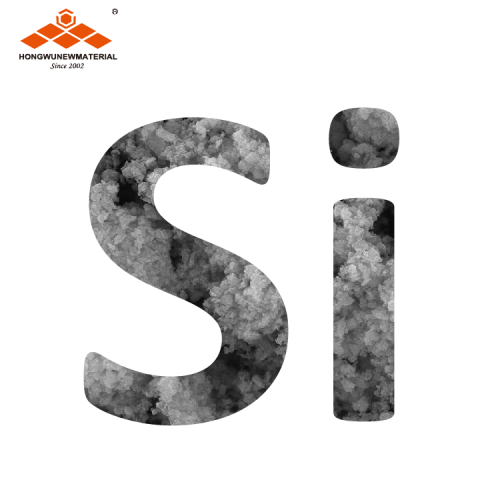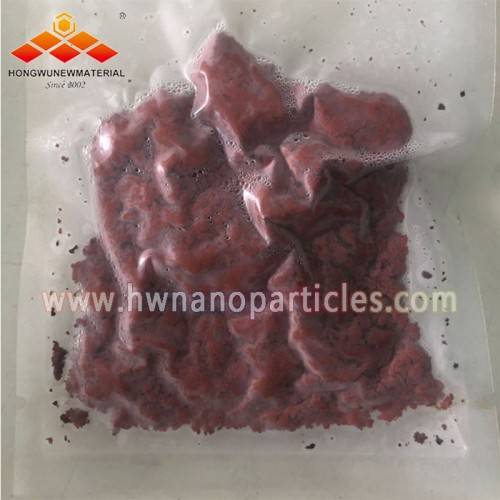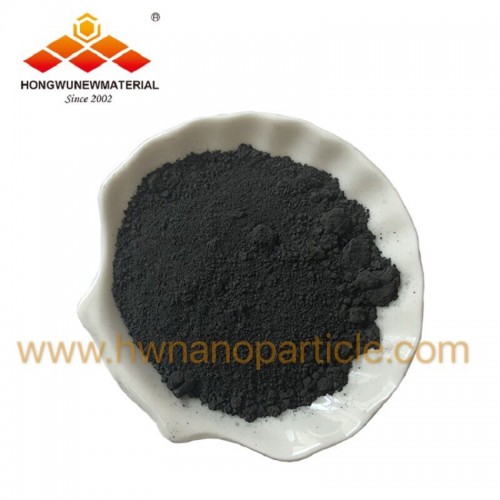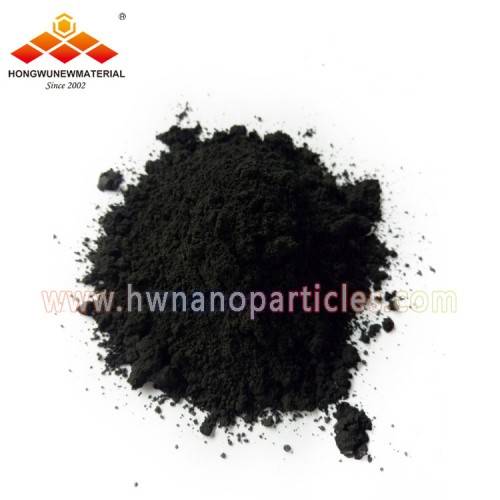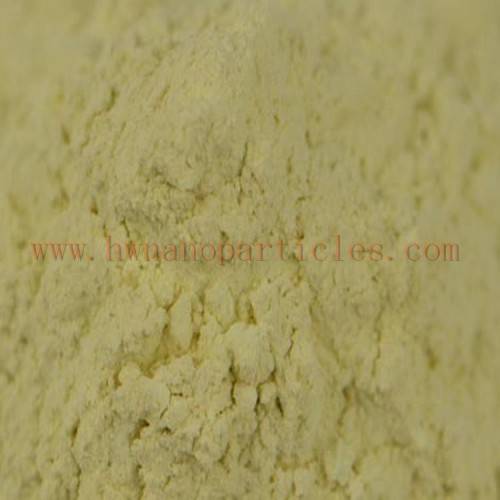
Silicon nanoparticles spherical Si powder 30-50nm for battery
Silicon Nanoparticles Spherical Si Powder 30-50nm For Batter
Specification:
| Code | SA2122 |
| Name | Silicon nanoparticles |
| Formula | Si |
| Particle Size | 30-50nm |
| Purity | 99.5% |
| Appearance | black |
| Package | 100g,500g,1kg or as required |
| Potential applications | battery, etc |
Description:
In recent years, my country's lithium-ion battery industry has developed rapidly, and the global market share has continued to rise. Driven by large-scale investment in the lithium-ion battery industry, the demand for lithium-ion battery anode materials has continued to rise. Compared with graphite anode, silicon anode has higher mass energy density and volume energy density. The mass energy density of lithium-ion batteries using silicon anode materials can be increased by more than 8%, and the volume energy density can be increased by more than 10%, and at the same time per kilowatt-hour of battery The cost can be reduced by at least 3%, so the silicon anode material will have a very broad application prospects.
Silicon is used as a negative electrode material for lithium batteries, with a specific discharge capacity of 4200m Ah·g-1, which is of high research value.
Studies have shown that the size of the anode silicon particles and the binder used will have a greater impact on the electrochemical properties of the electrode. When the ratio of micro-silicon and nano-silicon is mixed in proportion, when the ratio of the two is 8:2, the electrode structure is the most stable and the cycle reversibility is good. The first discharge specific capacity of the battery is higher, reaching 3423.2m Ah·g-1, and the first efficiency is 78%. After 50 weeks of cycling, the specific discharge capacity remains at 1105.1m Ah·g-1. The use of micron silicon powder and nano silicon powder mixing, water-based binder sodium alginate, etc., effectively improves the cycle performance of the silicon anode of lithium-ion batteries, and improves the electrochemical performance of the silicon anode.
Above for your reference, detailed application would needs your testing, thanks.
Storage Condition:
Silicon nanoparticles should be well sealed stored in dry cool enviromen, avoid light, Room temperature storage is ok.


